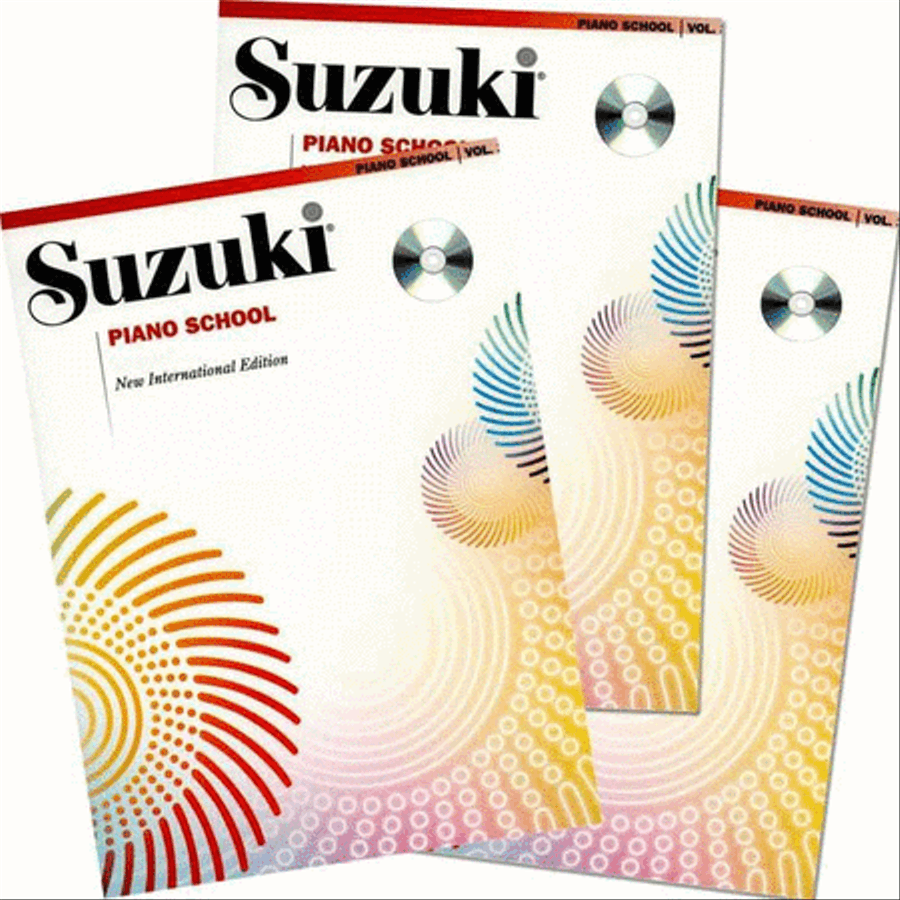Details
This item will ship directly from our Australia warehouse!
Piano, Demonstration CDSKU: HU.ALF32632
New International Edition. Piano & Keyboard, Instructional, Methods. Suzuki Piano School. Suzuki Piano School Piano Book and CD, Volume 4. Softcover Book and CD. 36 pages. Hal Leonard Australia #ALF32632. Published by Hal Leonard Australia (HU.ALF32632).300x200x3 inches. English|French|German|Spanish; Castilian.
The New International Edition of Suzuki Piano School, Volume 4, includes French, German and Spanish translations as well as a newly recorded CD performed by internationally renowned recording artist Seizo Azuma. Now the book and CD can be purchased together or separately. The contents have changed to include a new piece, Tcherepnin's Bagatelle. Mozart's Minuet III and Minuet VIII, from 8 Minuets have been removed, and Burgmuller's Arabesque and By the Limpid Stream have been moved here from Book 5. Titles: Rondo, from Divertimento in D Major, K. 334 (W. A. Mozart) * Minuet I, from 8 Minuets, K. 315g (W. A. Mozart) * Arabesque, from 25 Progressive Pieces, Op. 100, No. 2 (Burgmuller) * By the Limpid Stream, from 25 Progressive Pieces, Op. 100, No. 7 (Burgmuller) * Musette in D Major, from J. S. Bachs Notebook for Anna Magdalena Bach (Anonymous) * Sonata in G Major, Op. 49, No. 2 (Allegro, ma non troppo; Tempo di minuetto) (Beethoven) * Bagatelle, Op. 5, No. 9 (Tcherepnin) * Gavotte, from Suite in G Minor (J. S. Bach) * Minuets I and II, from Partita in B-flat Major (J. S. Bach) * Gigue, from Partita in B-flat Major (J. S. Bach).
About Suzuki Method
The Suzuki Method is based on the principle that all children possess ability and that this ability can be developed and enhanced through a nurturing environment. All children learn to speak their own language with relative ease and if the same natural learning process is applied in teaching other skills, these can be acquired as successfully. Suzuki referred to the process as the Mother Tongue Method and to the whole system of pedagogy as Talent Education. The important elements of the Suzuki approach to instrumental teaching include the following:an early start (aged 3-4 is normal in most countries); the importance of listening to music; learning to play before learning to read; -the involvement of the parent; a nurturing and positive learning environment; a high standard of teaching by trained teachers; the importance of producing a good sound in a balanced and natural way; core repertoire, used by Suzuki students across the world; social interaction with other children. Suzuki students from all over the world can communicate through the language of music.


